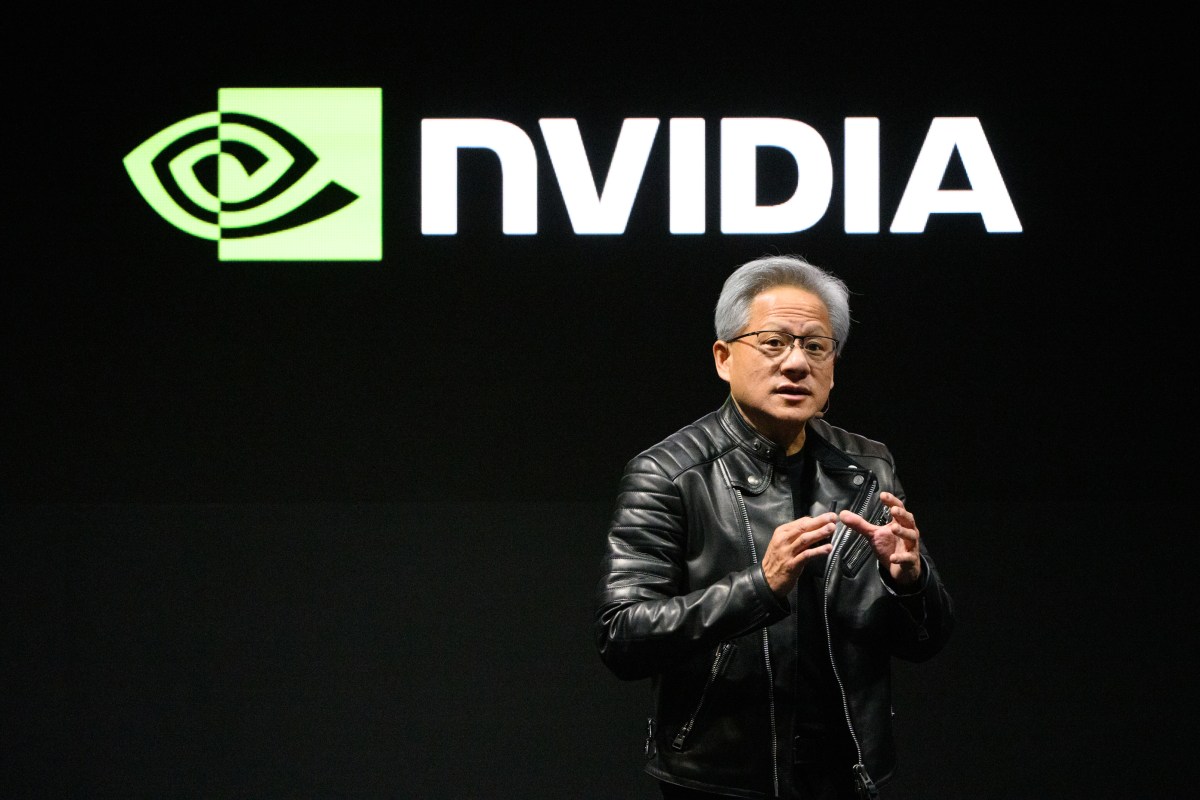Nvidia has turned recent gains into a broad investment engine, backing more than 80 AI startups in the last two years. That activity is more than a finance story. It is a strategic push to shape the AI toolchain so AI infrastructure, developer tooling, and vertical applications are ready to drive AI adoption and automation for businesses.
Why Nvidia is building an AI ecosystem
Nvidia is best known for GPUs that helped spark the modern generative AI boom. Hardware alone does not create entire solutions. Startups build the software, services, and industry specific tools that make compute usable. By investing across the stack, Nvidia is trying to reduce fragmentation and speed up AI deployment by promoting compatible standards, reference integrations, and performance optimizations for Nvidia GPUs and Nvidia AI platforms.
What we mean by key terms
- AI infrastructure: hardware such as GPUs, software libraries, and cloud services that run AI models at scale.
- Developer tooling: platforms and tools engineers use to build, deploy, monitor, and maintain models.
- Vertical applications: industry specific products like AI for healthcare billing or retail inventory forecasting that deliver packaged automation for businesses.
Key findings from Nvidia AI investments
- Scale: more than 80 startup investments in roughly two years, signaling heavy AI investment across domains.
- Concentration: investments focus on AI infrastructure, developer tooling, and vertical applications to enable a full stack for enterprise AI.
- Strategic intent: Nvidia seems to back firms that can deliver standards and integrations that increase adoption of Nvidia AI platforms.
- Ecosystem effects: these stakes do more than provide funding. They create partnerships, create reference integrations, and encourage software vendors to optimize for Nvidia GPUs.
What this looks like in practice
Investment in AI infrastructure helps speed model training and inference so teams can move from experiment to production faster. Developer tooling investments improve orchestration, observability, and the developer experience so AI projects are repeatable and maintainable. Vertical application investments help convert experimental models into off the shelf services that small and medium businesses can adopt without hiring large AI teams.
Implications for businesses
- Faster path to production. Startups focused on deployment tooling and industry specific apps should shorten timelines from pilot to production. Integration work that used to take months may be reduced by pre built connectors and Nvidia optimized runtimes.
- Standardization and vendor influence. When a dominant hardware vendor invests across the stack, software tends to be optimized for that vendor. The upside is performance and smoother integration. The downside is potential vendor lock in and less choice over time.
- More commercialized solutions for small and medium businesses. Vertical applications backed by Nvidia are more likely to become mature off the shelf services, giving SMBs access to automation tools for document processing, inventory forecasting, and more.
- Competitive dynamics. Nvidia capital and technical partnerships raise the bar for startups that do not integrate with its stack, which may accelerate consolidation in areas like model serving and developer platforms.
- Workforce and governance. As automation tools proliferate, companies must invest in governance, retraining, and change management. Faster deployment does not remove the need for human oversight, auditing, and ethical guardrails.
Risks to watch
- Concentration risk: heavy influence by a single vendor can squeeze alternatives and reduce competition.
- Interoperability: if standards coalesce around Nvidia optimized formats, organizations using other hardware or cloud providers may face migration costs.
- Economic access: smaller firms will benefit from off the shelf offerings, but the largest infrastructure gains could accrue to well capitalized buyers.
Where to focus as a business leader
Leaders evaluating AI investment should pay attention to which startups receive deeper technical integrations with Nvidia. Those partnerships are often early indicators of which products will be fastest to adopt. Prioritize governance, measure AI ROI, and consider vendor dependencies when choosing platforms. Look for vertical solutions that reduce integration burden and speed deployment so teams can deliver measurable business outcomes.
Bottom line
Nvidia's more than 80 startup investments represent a deliberate strategy to shape the AI value chain from hardware to industry apps. For businesses, the main takeaway is practical: many automation tools coming to market will be built to run efficiently on Nvidia optimized stacks. Evaluate vendor dependencies, invest in governance, and seek vertically tailored solutions that shorten time to value.




